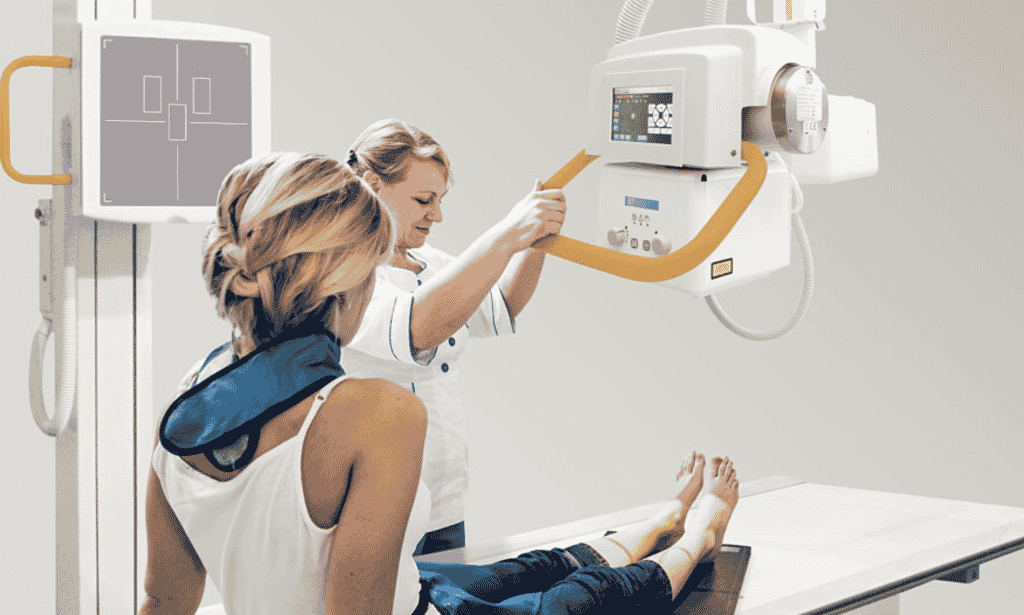When you go to the doctor, one of the first things they might do is take an x-ray. X-rays are a common diagnostic tool that allows doctors to see inside your body. Yet how do x-rays work? And what technology is behind them? This blog post will explore the technology behind x-ray machines and find out how they help doctors diagnose patients. Stay tuned!
What is an X-ray?
X-rays are a form of electromagnetic radiation, just like visible light. However, x-rays have a much higher energy than visible light. This high energy allows x-rays to penetrate through the human body, which is why they are useful for diagnostic purposes.
Additionally, x-rays are ionizing radiation, meaning that they can cause damage to living tissue. This is why x-rays should only be used when absolutely necessary and always with the guidance of a qualified medical professional.
How do X-rays work?
X-rays work by shooting a beam of radiation through the body. The beam is then detected on the other side by an x-ray film or a digital x-ray sensor. The denser the tissue, the more the x-rays will be absorbed. This means that bones will show up as white on an x-ray, while softer tissues like organs will appear as shades of gray.
Effectively, an x-ray is a black and white image of the inside of the body. However, modern x-ray machines can produce color images by using different colors of light to represent different densities of tissue.
What is the technology behind X-rays?
X-ray machines use a number of different technologies to generate the x-ray beam. The most common type of x-ray machine uses an x-ray tube. This tube contains a cathode, which is a negatively charged electrode, and an anode, which is a positively charged electrode.
When the cathode and anode are connected to a power source, electrons flow from the cathode to the anode. As the electrons collide with the anode, they cause it to heat up and emit x-rays. There are also things called particle size analyzers involved in the process of generating x-rays. This type of machine uses a beam of electrons instead of x-rays, and the electrons interact with a sample to produce x-rays.
What are the benefits of X-rays?
X-rays offer a number of benefits for both doctors and patients. They are a quick and easy way to diagnose a wide range of conditions, from broken bones to pneumonia. X-rays are also relatively inexpensive and readily available. There are risks, but these are minimal relative to the benefits. That’s because today’s x-ray machines are highly sophisticated and use a number of safety features to minimize the risk to patients.
With that in mind, x-rays continue to be an important diagnostic tool for doctors and patients alike. That’s because they offer a quick and easy way to see inside the human body without the need for surgery. If you are concerned, talk to your doctor about the risks and benefits of x-rays. Remember that x-rays should only be used when absolutely necessary and always under the guidance of a qualified medical professional.


